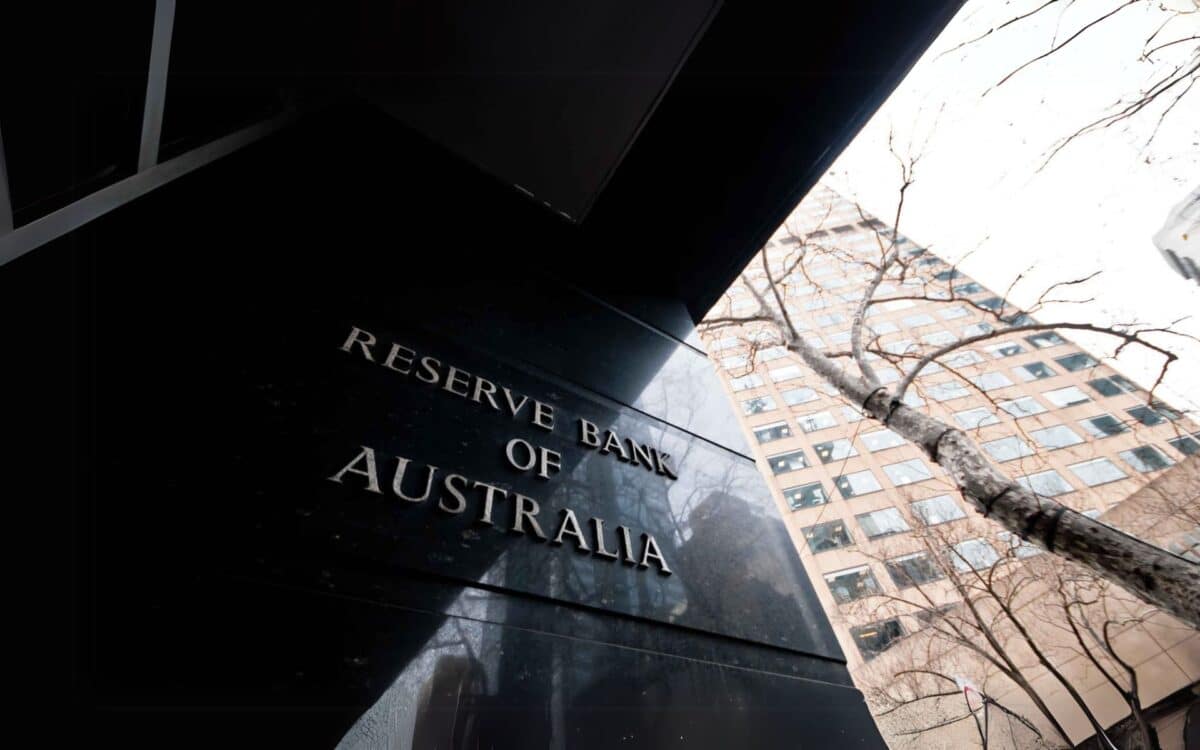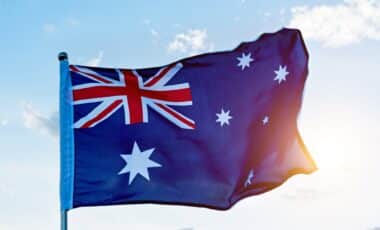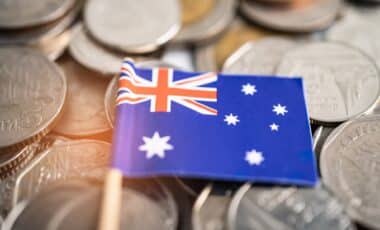Australia’s central bank has delivered its second interest rate cut of 2025, lowering the cash rate from 4.1% to 3.85%.
This latest adjustment follows a February reduction from 4.35%, a level the Reserve Bank of Australia (RBA) had held for nearly 18 months to combat persistent inflation. Homeowners across the country may find temporary relief in these RBA rate cuts, though the longer-term outlook remains uncertain.
According to Sky News Australia, some economists caution that inflationary pressures could soon re-emerge, potentially reversing the current trajectory. Recent policy shifts may hint at deeper concerns without yet revealing their full extent.
Inflation Still a Lingering Threat
Despite headline inflation easing into the RBA‘s target range and unemployment remaining low, long-term inflationary pressures persist. Warren Hogan, chief economist at Judo Bank, points to ongoing fiscal expansion as a concern.
“These challenges that we’ve been talking about for a number of years, whether it’s the rapid growth in government spending or whether it is the inflation pressures sitting in the background, aren’t going away,” Hogan said.
He also cautioned that the scope for future rate reductions could be limited:
“So, if the worst doesn’t play out overseas, I fear that we’re not going to get much more than that one or two rate cuts.”
Positive Growth Could Mean Rising Rates Again
Hogan noted that if the domestic economy continues to recover—as signs suggest with rising consumer spending, wages, and business investment—inflation risks could resurface. That might force the RBA to reconsider its dovish stance:
“On an economy that recovers and continues to grow next year, we could be talking about rate hikes again at some stage. There’s actually a positive economic story there, but it’s got inflation risk with it.”
This scenario underlines the challenge facing policymakers: how to support recovery without reigniting inflationary momentum.
Diverging Bank Forecasts on the Rate Path
Projections among Australia’s major financial institutions diverge:
- Commonwealth Bank of Australia (CBA) and Westpac each anticipate two more 0.25% cuts, expecting the cash rate to settle at 3.35%.
- ANZ also predicts a terminal rate of 3.35%, reached by August 2025.
- NAB foresees three additional cuts, bringing the cash rate to 3.1% by November.
These projections underscore uncertainty over how long the RBA can continue its easing cycle.
Global Economic Tensions Add to Uncertainty
Beyond domestic factors, international risks could complicate the RBA’s decisions. RBA Governor Michele Bullock acknowledged the risks tied to escalating global tensions, particularly trade policies out of the United States:
“I think it’s a confident cut in the sense that we think this is the right decision at this point in time,” Bullock said.
“Where this leads us in the future is a little more uncertain. I’d have to say probably a lot more uncertain, given everything that’s going on.”
The reference to renewed trade conflict, particularly under President Trump’s administration, highlights external pressures that may influence monetary policy in the coming quarters.
Australia’s economic resilience is partly rooted in its rebound from pandemic-era challenges. Households have begun to benefit from improved purchasing power, while businesses have resumed capital investment.
The combination of post-COVID recovery, wage growth, and government stimulus is lifting economic activity—but could also elevate future price pressures.









